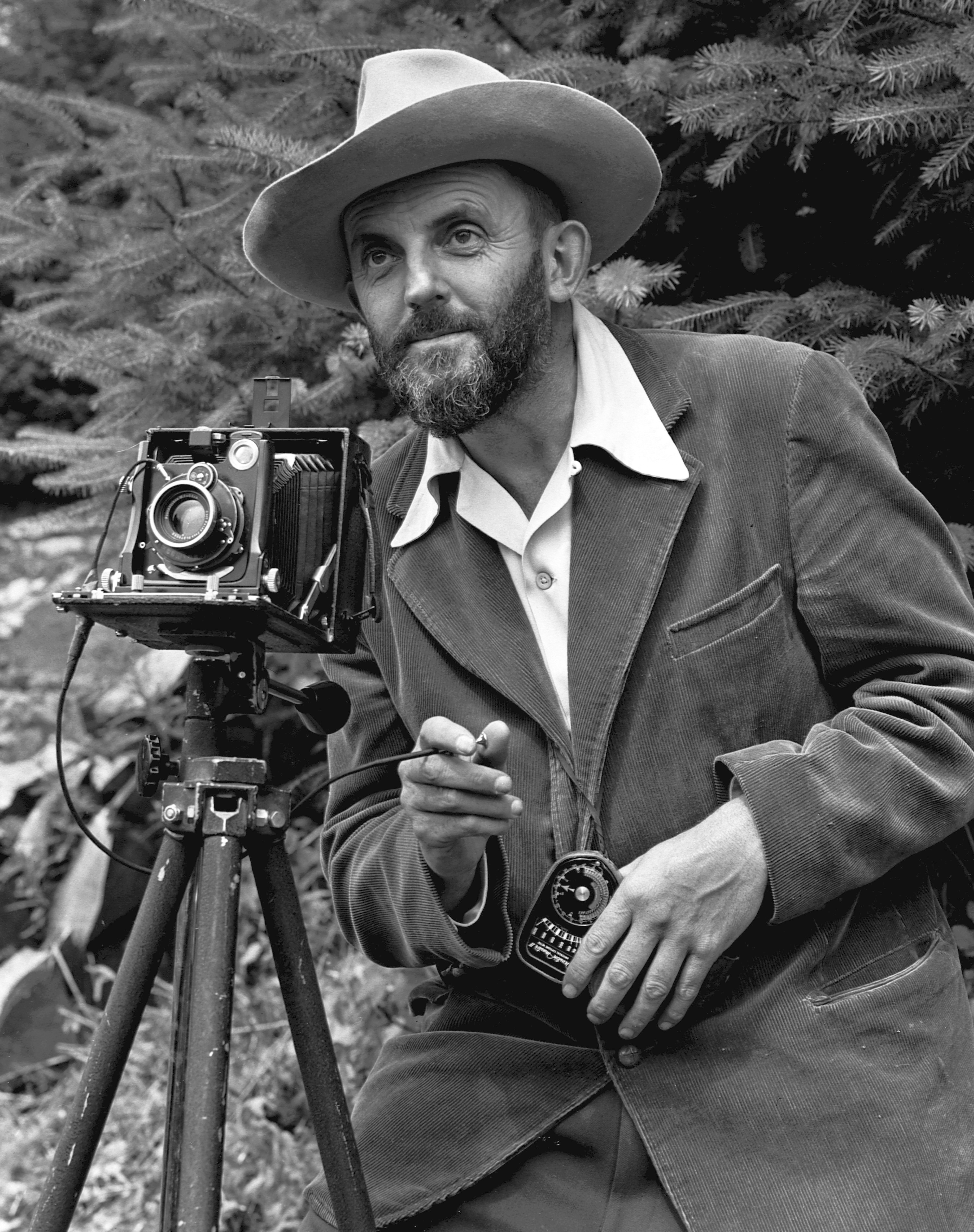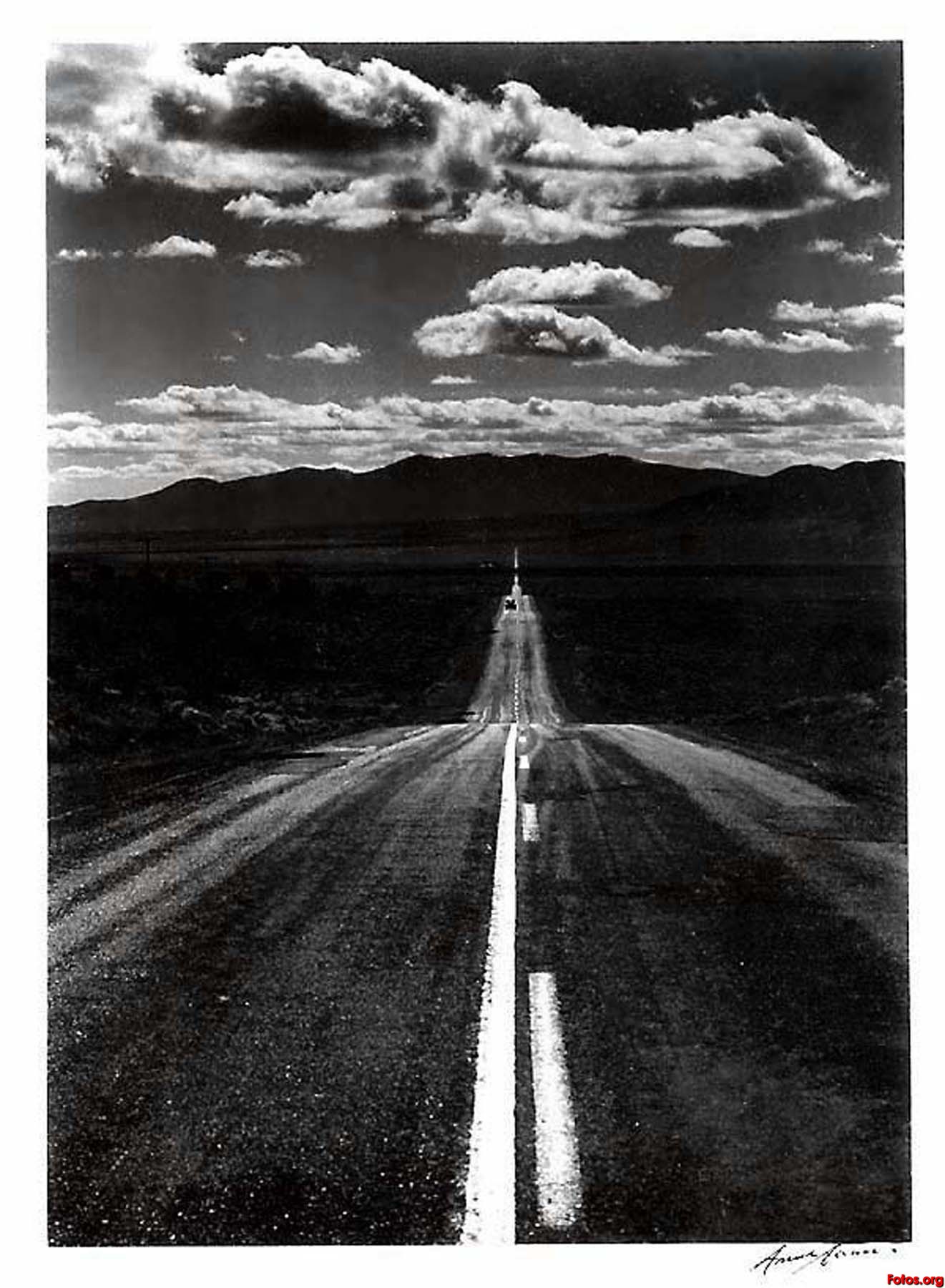has taken photographs that tell a story, and that are more easily understood than many others. Each of his portraits tells you all about the subject. He felt as though there was a secret hidden behind each woman and man. Whether he captures a gleaming eye or a gesture done totally unconsciously, these are times when humans temporarily lose their masks. Karsh’s portraits communicate with people.
I chose to write about this photograph of Nelson Mandela, as I feel it’s one of the greatest photographs Yousuf Karsh has captured. I was drawn to the naturalness of the human face which is not over manipulated and adds the impact of the photograph. The genuine expression and natural smile captured from a worldwide classic icon that fought for human rights, I feel was Yousuf Karsh’s initial intention. The emotion in this photograph is overpowering with joy, optimism, cheerfulness and has a strong sense of happiness and hope – you almost can’t help but smile yourself when viewing this photograph. I feel the black and white colour tones work well with this photograph, the lighting is subtle yet effective capturing and highlighting Nelson’s facial features, being the central focus. The subject has been posed and the photograph set up, Nelson and Yousuf could have even been in mid conversation when the photograph was taken, however I believe the smile is an entirely natural expression captured superbly by Karsh at the perfect moment to convey to a viewing audience the genuine ‘person’ of Nelson Mandela.. In particular, I like the fact that the subject fits the full frame, I feel it works well and is a good way to draw the viewers in to the photograph empathising power and authority from such an iconic man such as Nelson Mandela.
"Yousuf Karsh is a photographer from a bygone age", writes stern-Artdirector Johannes Erler, "who looked for virtues such as power, courage, intelligence and genius in his photographs."
In the Spring of 1958 internationally noted photographic portraitist Yousuf Karsh traveled to Harvard Business School to photograph prominent faculty members. Karsh did extensive research on each professor before he met and photographed them and even sat in the classroom to get a better feel for his subjects. He felt the need to understand human nature in order to get to the core of the sitter's personality. The ability to understand the subject in such depth is what gave Karsh his skill and artistry
Monday, 27 January 2014
Monday, 20 January 2014
[ Week 1 ] Ansel Adams
Ansel Adams

is probably the most easily recognized name of any photographer. His landscapes are stunning, and he achieves an unparalleled level of contrast using creative darkroom work. You can improve your own photos by reading Adams’ own thoughts as he grew older, when he wished that he had kept himself strong enough physically to continue his work.
Ansel Adams was very knowledgeable about photography and co-created with , Fred Archer , the zone system. This is a system for photographers to translate the light they see into specific densities on negatives and paper, which gives more control over the finished photograph. He also pioneered the idea of visualisation which is trying to determine how the finished photograph will look before it is exposed.
original photographs by Ansel Adams are defined as photographs printed by Ansel Adams from negatives he shot and developed. Most will range between $8.000 and $50.000. Price is determined by a host of factors, including desirability or demand, scarcity, size , condition, provenance , and connoisseurship.
This is one of his photograph that really reminds me of my home town at china guangzhou. the felling of days where raining none stop and the cause under farming for farmers. farmers were all very worry due to the heavy rains that will lead to no income at all. some times is really grate to see sun lights in the winter period in china.
Ansel Adams was very knowledgeable about photography and co-created with , Fred Archer , the zone system. This is a system for photographers to translate the light they see into specific densities on negatives and paper, which gives more control over the finished photograph. He also pioneered the idea of visualisation which is trying to determine how the finished photograph will look before it is exposed.
Subscribe to:
Posts (Atom)






